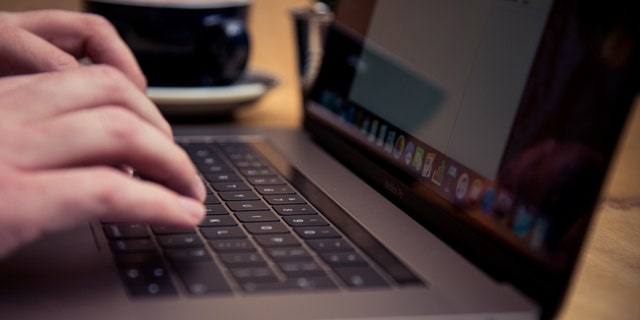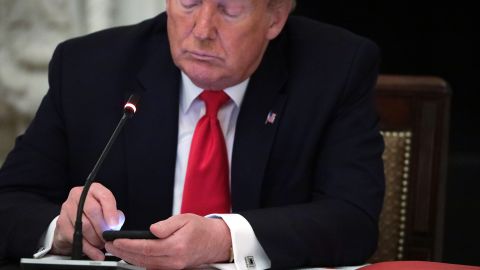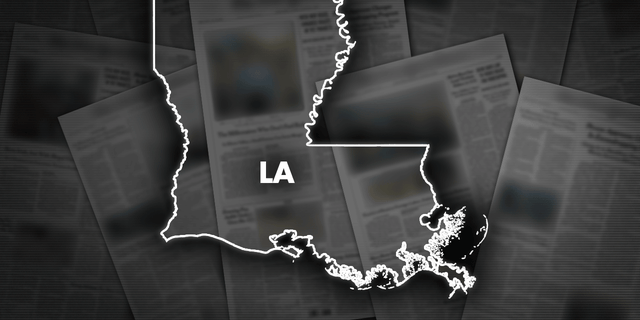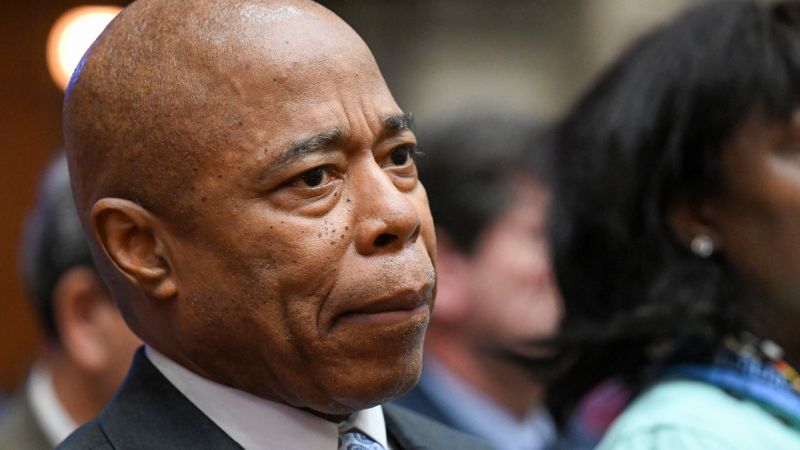CNN
—
Russia said Friday its forces had captured Soledar, a salt mine town in eastern Ukraine, as Kyiv rejected the claims.
Should Russian troops indeed take the town, it would mark Moscow’s first gain in the Donbas for months – potentially offering President Vladimir Putin some welcome news after a recent string of humiliating setbacks on the battlefield.
The significance of Soledar in military terms is minimal and largely symbolic. However, its capture, if confirmed, would allow Russian forces, and especially the Wagner mercenary group, to turn their focus on nearby Bakhmut, which has been a target since the summer.
Taking Soledar would also represent a PR win for the man who runs Wagner – oligarch Yevgeny Prigozhin, who has frequently criticized the Russian Defense Ministry’s management of the “Special Military Operation” in Ukraine.
Here’s what you need to know about Soledar.
As has often been the case with battlefield gains and losses, there are conflicting reports from Russian and Ukrainian sides about the success of Russia’s advance into the town.
The Russian Defense Ministry said the capture of Soledar “became possible due to the constant destruction of the enemy by assault and army aviation, missile troops and artillery of a group of Russian forces.”
“They continuously inflicted concentrated strikes on the positions of the Armed Forces of Ukraine in the city, forbidding the transfer of reserves, the supply of ammunition, as well as attempts by the enemy to retreat to other lines of defense,” a statement read.
The Russian MOD made no reference to Wagner claims that the private military company had conducted the operation exclusively themselves.
“The complex of measures implemented by the Russian group of troops ensured the successful offensive operations of the assault detachments to liberate Soledar. Over the past three days alone, more than 700 Ukrainian servicemen and over 300 units of weapons of the Armed Forces of Ukraine have been destroyed near the city of Soledar,” the ministry added.
Alexander Shatov, the head of the Russia-backed administration in Shakhtyorsk, in the self-proclaimed Donetsk People’s Republic, said Moscow’s forces had evacuated about 100 people from Soledar to the town. He told Russian state news agency RIA Novosti that 110 more people were expected to arrive Friday.
However, Serhii Cherevatyi, spokesman for the Eastern Group of the Ukrainian Armed Forces, told CNN that “Russian troops do not control Soledar.”
A Ukrainian solider stationed in the city of Bakhmut told CNN that Kyiv’s units are still at the “western outskirts” of Soledar.
Taras Berezovets, a captain in the Ukrainian Special Forces First Brigade, said remaining in Soledar made no military sense, because it was “completely destroyed.” He said he believed a decision to withdraw would be made in the coming days, but said it would be up to the General Staff to make any such decision. He added that morale among frontline units was high.
He said his comrades in other units understood that the mission was to hold on as long as they could and kill as many fighters of the Wagner group as possible, and that much of the fighting over the last two weeks had involved street fighting in Soledar between small units of four to eight fighters.
Berezovets said that Ukrainian forces continued to inflict heavy casualties on the Russians. He claimed that a captured Wagner fighter had told interrogators that only three out of 35 men in his platoon had survived.
He had no knowledge of any Ukrainian troops being trapped in Soledar and said units had been successfully withdrawn to the western outskirts, close to the railway station.

A CNN team just outside of Soledar reported ongoing mortar and rocket fire on Friday afternoon, after Russia claimed it had captured the town.
Soledar lies at the center of the Donbas region, the vast expanse of eastern Ukraine whose capture Russia has prized above all other regions since last summer. Indeed, Moscow regards it as Russian territory since claiming (illegally) that it had annexed all of the Donetsk region – including the approximately 40% that lies outside Russian control.
It is just a few miles northeast of the larger city of Bakhmut, which has become perhaps the most contested and kinetic part of the 1,300-kilometer (800 mile) front line in Ukraine and the scene of some of the fiercest fighting of the war.
Soledar has therefore been a target for Russian forces since last May. With a pre-war population of about 10,000, it has little strategic value in itself, but is a waypoint in the Russians’ attritional slog westwards. Moscow has struggled for months to attack Bakhmut from the east, but were it to capture Soledar, Moscow would at least be able to approach the city from a different path.
The Russian Defense Ministry said Friday that the capture of the town is “important for the continuation of successful offensive operations in the Donetsk region.”
The ministry added that “establishing control over Soledar makes it possible to cut off the supply routes for Ukrainian troops in Bakhmut.”
The area around Soledar includes large salt mines, which belong to state enterprise Artemsil, the biggest producer of salt in Europe, which halted production shortly after Russia’s invasion last February. The area surrounding the town hosts “extensive reserves of very pure salt that have only been exploited on an industrial scale since 1881,” according to the European Route of Industrial Heritage.
Some have speculated that the Russians – and Wagner’s leader Prigozhin – have eyed Soledar for its huge resources of gypsum. Prigozhin has used Wagner in Africa and Syria as a mercenary force to leverage access to resources including diamonds and oil.
But exploiting Soledar’s famed salt mines would require heavy investment and a more tranquil environment than at present. Prigozhin has said the vast network of tunnels created by the mining offers “unique and historic defenses,” and a “network of underground cities.”
The Russian armed forces have had nothing to celebrate since the beginning of July, and have had to retreat in both Kharkiv to the north and Kherson in southern Ukraine.
The capture of Soledar, despite its now-ruined state, would therefore be rare progress. But it would be symbolic rather than substantive. The Institute for the Study of War (ISW) says control of Soledar “will not necessarily allow Russian forces to exert control over critical Ukrainian ground lines of communication into Bakhmut,” the larger prize.
“Even taking the most generous Russian claims at face value, the capture of Soledar would not portend an immediate encirclement of Bakhmut,” the think tank added.
But Soledar is of outsize significance to one man: Prigozhin. His Wagner fighters, many of them former prison inmates, have taken heavy casualties with one wave after another of ground assaults across what has become a battlefield of trenches and mud, reminiscent of World War I. After months in which the Russian Ministry of Defense has delivered nothing but retreat, Prigozhin is keen to show that his men deliver.
Late Tuesday, Prigozhin said “Wagner PMC detachments have taken control of the entire territory of Soledar. The city center is like a cauldron, where urban fighting is taking place.” And he added: “I would like to stress that no units other than Wagner PMC operatives were involved in the storming of Soledar.”
The subtext of Soledar is the battle for influence and resources between Prigozhin and his nemeses at the Defense Ministry, which is intensifying as Prigozhin continues to deride what he calls the corrupt and incompetent military hierarchy.
A top Ukrainian official on Friday characterized infighting among different factions of the Russian power establishment as a “good sign of the beginning of the stunning end.”
Mykhailo Podolyak, an adviser in the Office of the Ukrainian President, tweeted that a “public rumble” had begun between the Russian Defense Ministry and “military-criminal ultras” like Progozhin and General Sergei Surovikin.

The Ukrainian tactic could be to invite wave after wave of infantry attacks, knowing they can inflict heavy casualties on the enemy, a tactic used with success in Vuhledar late last year. Ukraine’s command would then choose a moment to withdraw to Bakhmut.
Ukraine’s 46th Brigade alluded to this tactic in an online post on Tuesday, saying, “The situation is very difficult, but manageable: we only abandon what we consider inexpedient to keep.” Trying to hold Soledar – like trying to hold Lysychansk, the last holdout in the Luhansk region, last summer – becomes inexpedient when casualties rise and resupply becomes near impossible.
Ukraine has defense in depth throughout the parts of Donetsk it still holds – and has forced the Russians to expend huge amounts of munitions to make marginal progress.
This story has been updated.






















